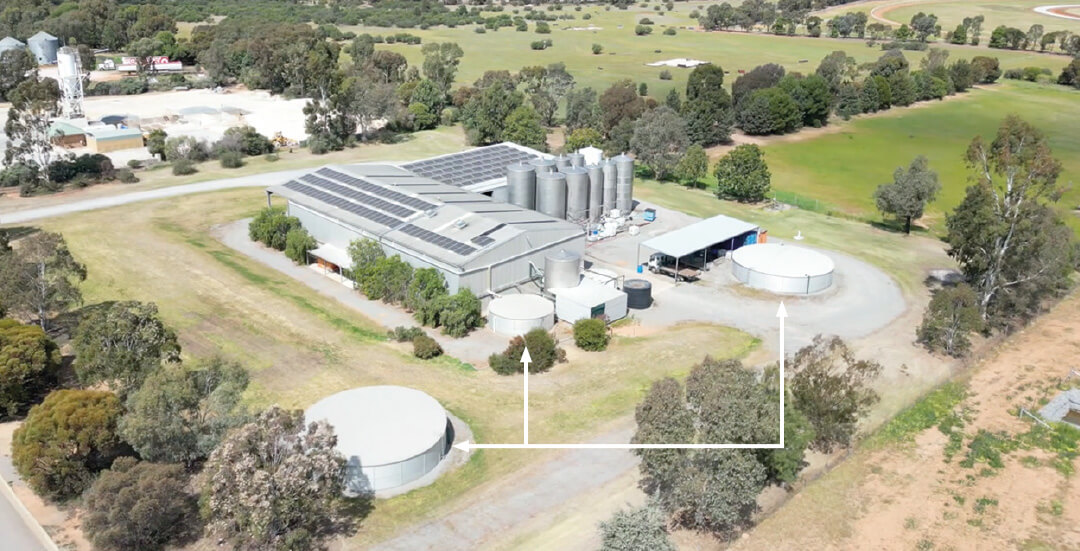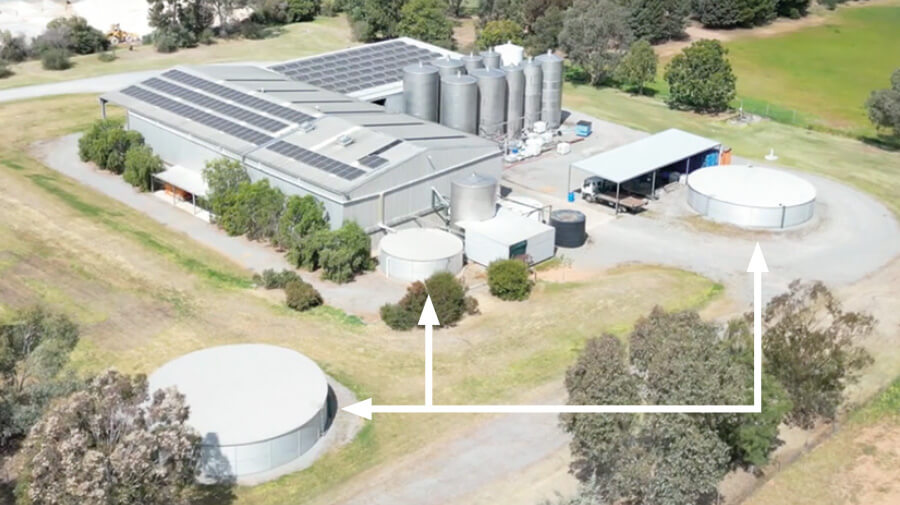
Latest
News
Building sustainability into our business
‘Doing things better’ is a key value for BioAg. This extends to building sustainability into our products and business processes through harnessing innovation and new technologies.
While we discuss this approach in the soil fertility programs we develop for farmers, and in some of the products we produce and sell; there is more to know about our products and operations.
More recently, we have been asked about the carbon footprint of BioAgPhos® as a natural fertiliser versus traditional synthetic fertilisers. BioAgPhos is a sustained released P fertiliser, where 100% of the P becomes plant available. This is due to the use of high grade reactive phosphate rock (RPR) and our proprietary microbial phosphate digester we combine with the RPR.
While we don’t have an exact number for its carbon footprint, we estimate from evaluations performed on synthetic fertiliser that BioAgPhos, on per kg of P basis, has a Green House Gas (GHG) footprint 25% lower than Single Superphosphate#. Much of this difference is due to the release of CO2 in the manufacturing process of synthetic fertiliser.
If you are involved in a carbon farming project, ensure your advisor captures the benefit of using BioAgPhos or one of its blends. Our products are a natural and sustainable alternative to conventional fertilisers and are also Certified Allowed Inputs for use in Certified Organic systems.
“BioAgPhos on per kg of P basis, has a Green House Gas (GHG) footprint 25% lower than Single Superphosphate#”
And it’s just not our products that are having a positive impact on the environment. BioAg’s liquid biostimulants plant just outside Narrandera in South-Western NSW, is also contributing to BioAg’s sustainability practices.
Water is a key input to the manufacture of biostimulants. Consistent with our business ethos, BioAg’s biostimulant range is manufactured using 100% rainwater. We capture and utilise all of our manufacturing water needs from both our own plant’s significant-sized rooftop and our neighbour’s large rooftop. Tank storage capacity on-site is 620,000 litres of water.
More recently, we invested in a solar power system. The system has a nameplate capacity of 80kW. In the last half of 2023, we were able to generate 50% of the power used at the Narrandera plant, as well as sell back to the grid. Over the course of a year, we are a net exporter of electricity.
In addition, we schedule manufacturing in line with the seasons. Products that require cooling during manufacture are produced in the cooler months, while the handful of products that require heating are produced in summer. This reduces the energy required to control temperatures.

80kW nameplate capacity solar power system

620,000L rainwater tank storage capacity
At our Batesford operation near Geelong in Victoria, water is also a key input for the manufacture of our solid fertiliser range. Water is added during the composting of RPR into BioAgPhos and is also used to control wind losses by spraying stockpiles.
The water at Batesford is sourced from a nearby lime quarry operation. The quarry itself is below sea level and is continually filling with groundwater. The groundwater needs to be removed, and while we only use a small portion, it means we are both helping the quarry solve its dilemma and not using any town water.
At BioAg, we deeply care about the health of the soil, crops, livestock, farmers, and the environment. That’s why we offer natural solid fertilisers and biostimulants that are designed to nourish soil health biologically. This approach allows the innate properties of healthy and balanced soils to support strong, high-yielding crops and livestock.
We believe that this sustainable farming approach is superior to the ongoing intensive use of synthetic fertilisers. BioAg’s fertilisers build fertility and mineral balance while also benefiting soil biology, building long-term health of soils, crops and livestock.
# Estimated from the evaluation of the GHG emissions of SSP manufactured in New Zealand in 2018-2019.


Recent Comments